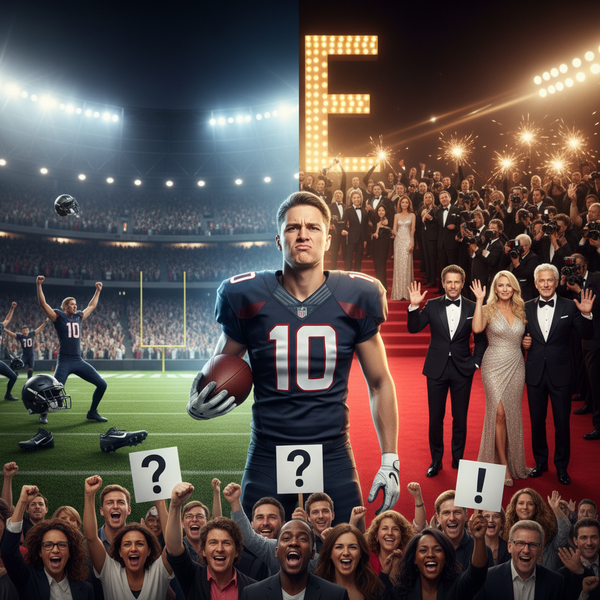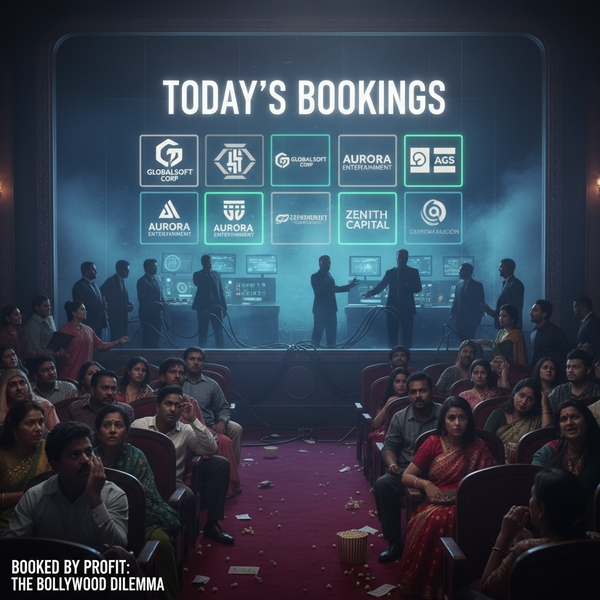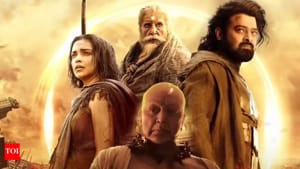The Sonic Revolution: How Streaming Giants Are Rewriting the Rules of Film Music and Soundtracks
From viral TikTok trends to algorithmic recommendations and experimental scores, streaming giants like Netflix and Spotify are not just changing how we consume film music; they're fundamentally reshaping its creation, distribution, and cultural impact.
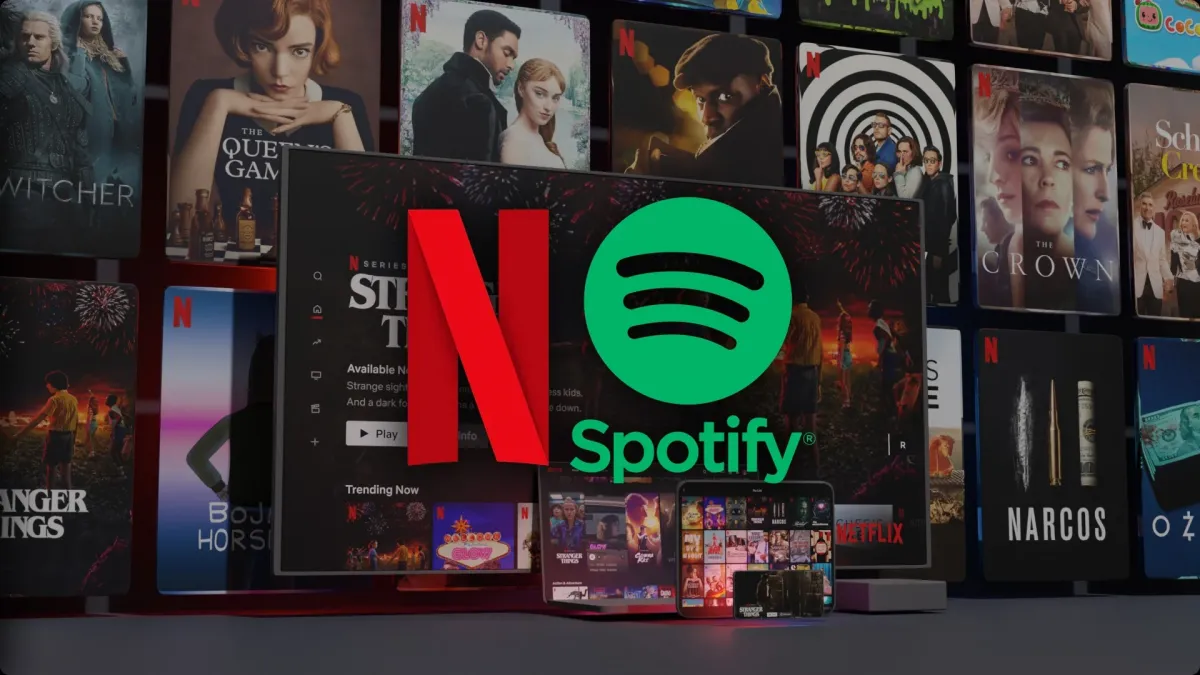
Written by Lavanya, Intern, Allegedly The News
LOS ANGELES, August 25, 2025
The film soundtrack was once a standalone monument to a cinematic moment. It was a tangible object, a polished CD, a vinyl record, or a cassette tape—that you bought in a store, a curated artifact meant to be listened to from start to finish. It was a collector's item, a physical souvenir of a cherished film experience. But in the streaming era, that model has been completely obliterated. Today, the film soundtrack is a fluid, digital ecosystem, shaped not just by the artistic vision of directors and music supervisors, but by the cold, calculated logic of algorithms, the rapid-fire trends of social media, and the on-demand listening habits of billions. This is not merely a change in format; it's a fundamental redefinition of film music's purpose, its audience, and its economic future.
This investigative report delves into the intricate web spun by two titans, Netflix and Spotify, and their profound, often unseen, influence on the art of film music. We will trace how a single scene's song can explode on TikTok, how binge-watching has altered the rhythm of a score, and how the global playlist has brought once-niche sounds to the mainstream.
The Viral Soundtrack: The Sound of the Sonic Meme
The most visible change in the streaming era is the shift from a full-album experience to the single-song phenomenon. A powerful, emotionally charged scene can launch a song from decades of obscurity into the global zeitgeist in a matter of hours. The quintessential case study is Kate Bush's 1985 track "Running Up That Hill." When featured in a pivotal, life-or-death scene in the fourth season of Netflix's Stranger Things, the song’s legacy was rewritten overnight.
According to music analytics firm Luminate, within a month of the episode’s release, streams of "Running Up That Hill" surged by over 1,600% in the U.S. and over 8,700% globally, ultimately leading it to top the charts in multiple countries and amass over a billion streams on Spotify. This success was not driven by a traditional marketing campaign but by virality. The song was quickly adopted by millions of users on TikTok, who used it to soundtrack their own videos, re-contextualizing its meaning and introducing it to an entire generation born long after its initial release. This phenomenon demonstrates that a song's power no longer solely resides within its filmic context; it now has a parallel, and often more powerful, life as a cultural meme.
Binge Culture vs. The Weekly Beat: A New Rhythmic Pulse
For decades, television scores were designed to be consumed weekly. Composers had to create a distinct, memorable theme for each episode to build anticipation and provide a musical punctuation mark. Think of the episodic themes of classic shows like Friends or The X-Files. This model forced a certain narrative rhythm.
The advent of binge-watching, however, has fundamentally altered this cadence. A binge-able series requires a sustained and cohesive musical arc. The score needs to function as a seamless, often subtle, companion to a continuous narrative that can be absorbed over many hours. This has led to a rise in more ambient, textural scores, sonic blankets that wash over the viewer without becoming intrusive or repetitive. The synth-heavy, atmospheric scores of shows like Dark or the minimalist soundscapes of Ozark are prime examples. Composers for streaming are now less focused on creating a single, iconic theme and more on maintaining a consistent emotional tone across an entire season, often using leitmotifs (recurring musical phrases associated with a character or theme) that evolve gradually over time.
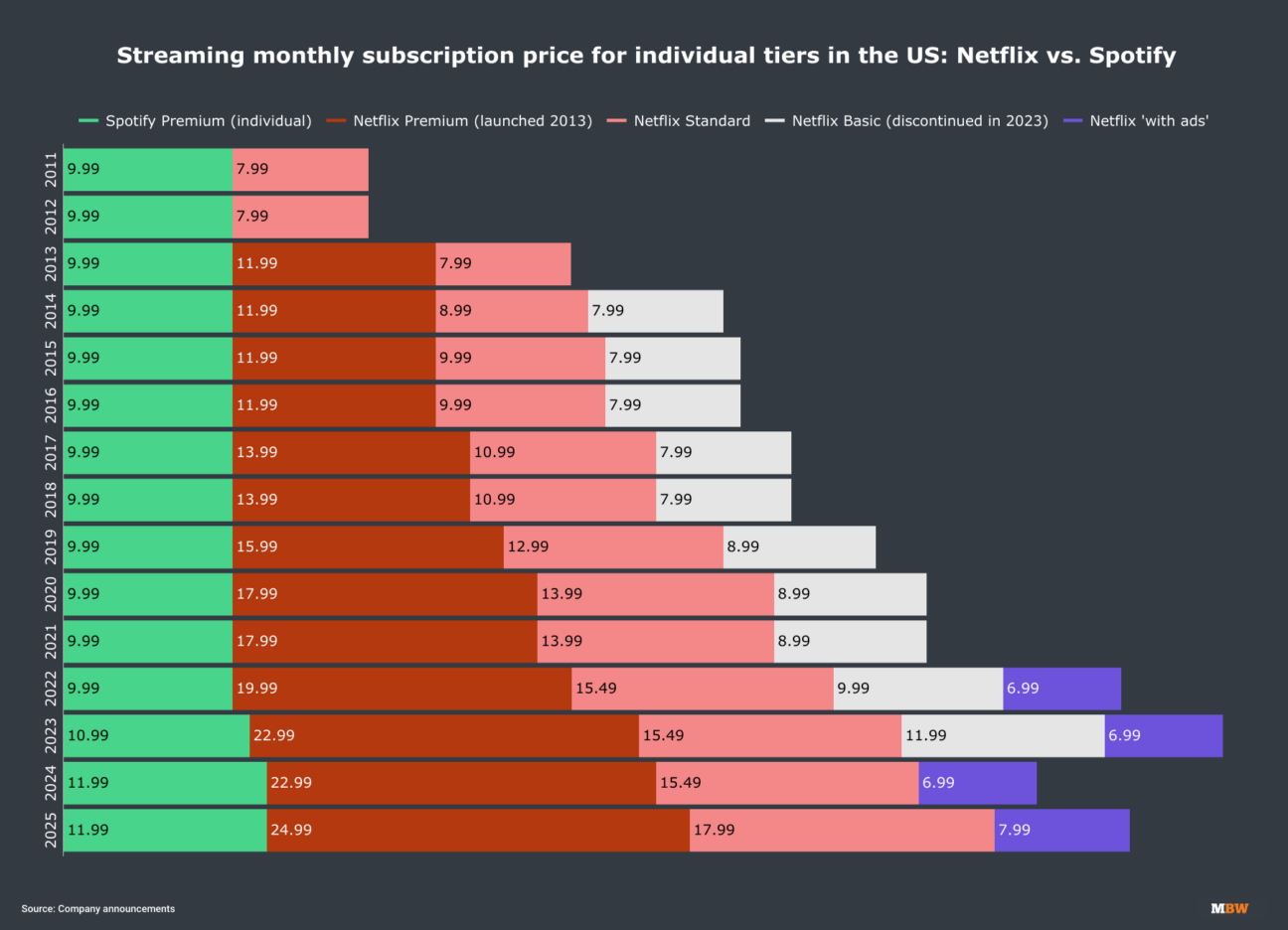
The Global Playlist: Breaking Down Genre Barriers
Streaming platforms are inherently global, a fact that has had a profound impact on the music selected for films and series. Traditional Hollywood soundtracks were often dominated by Western, orchestral scores or popular Anglophone pop and rock. Today, streaming platforms are actively pushing world music into the mainstream. The strategic use of K-pop, Afrobeat, and Latin pop in film soundtracks is a direct response to a global audience. The Oscar-winning score of Parasite masterfully blended traditional Korean music with classical elements, and its widespread appeal was a testament to the accessibility provided by streaming.
Netflix’s localized content strategy means a show produced in Spain, like Money Heist, can feature a local artist's music, which then gains international exposure as the show is consumed in over 190 countries. This cross-pollination of culture and sound is a direct result of the streaming model, effectively breaking down the geographical and linguistic barriers that once confined music to specific markets. The soundtrack has become a powerful tool for cultural exchange, exposing global audiences to sounds they may never have otherwise encountered.
The Algorithmic A&R Executive: Data-Driven Curation
In the past, music supervision was a deeply personal, creative process. A director and their music supervisor would spend months meticulously hand-picking songs to perfectly match the tone of a scene. While that still occurs, a new, powerful influence has entered the room: the algorithm.
Platforms like Spotify and Apple Music, with their immense databases of user listening habits, can identify songs that are trending, that appeal to a specific demographic, or that are being discovered on curated playlists. This has created a powerful feedback loop. Directors and music supervisors, keen to create a viral moment, often turn to these platforms for inspiration. The algorithm, which once only recommended music to users, is now a de facto A&R executive, influencing the very song choices made by filmmakers. This shift from purely artistic choice to one informed by data-driven decision-making is changing the creative landscape, blurring the lines between art and commerce.
The Composer’s Dilemma: Royalties, Payouts, and the New Economy
While streaming has opened up incredible new avenues for exposure, it has created a new set of economic challenges for film composers and artists. The transition from physical sales to a digital-first model has had a significant impact on royalty models.
A composer who once earned a substantial upfront fee, back-end royalties from CD sales, and performance royalties from radio play and public screenings now faces a complex and often opaque system of streaming payouts. The per-stream rate is notoriously low and fragmented. While the average per-stream rate on Spotify is often cited between $0.003 and $0.005, this figure is a gross oversimplification. The actual amount an artist receives is a fraction of this, as it is funneled through labels, publishers, and distributors. For many, this model means earning a fraction of a penny for every listen, making it difficult to earn a living without massive, sustained listenership. The algorithmic placement of their music, while providing exposure, also means their work is often just a small part of a larger playlist, rather than a standalone album, further diminishing its perceived and monetary value.
Netflix’s Bold Sonic Vanguard: The Anti-Blockbuster Score
Unconstrained by the traditional Hollywood studio model, which often favors proven, bombastic orchestral themes, Netflix has given composers the freedom to push creative boundaries. The company’s brand identity is built on a diverse range of content, and it recognizes that a unique sonic fingerprint is a key part of standing out.
This is why we see composers like Trent Reznor and Atticus Ross—known for their dark, industrial, and experimental sound—scoring films like Bird Box and Mank. Their work is a deliberate departure from the traditional scores of Hollywood, a sonic representation of Netflix's identity as a disruptor. Similarly, the work of Ramin Djawadi (a composer who has worked on both linear TV like HBO's Game of Thrones and streaming projects like Netflix's 3 Body Problem) highlights this evolution. While his Game of Thrones theme is a modern classic, his work on shows like Westworld and Fallout demonstrates a new kind of musical storytelling, where sound design and musical motifs are woven into the very fabric of the show, often with a minimalist, non-symphonic approach. This willingness to invest in unique, unconventional scores is a key part of the streaming wars, a way to create a distinct brand and signature sound for original content.
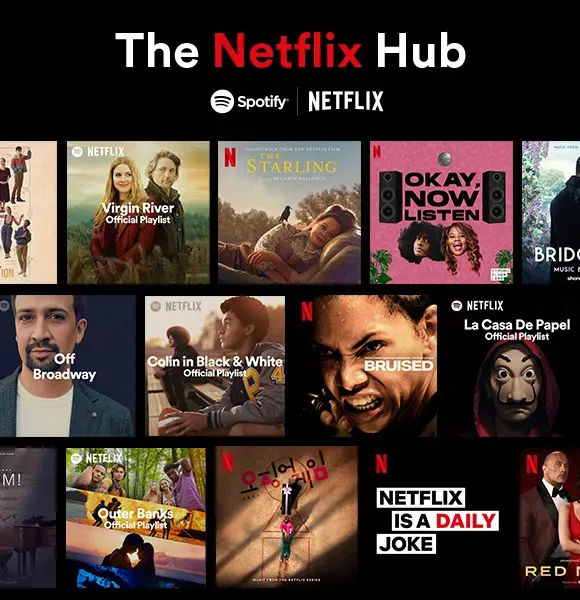
Case Studies in Streaming Strategy
The different streaming giants have adopted varied strategies to harness the power of music.
- Netflix focuses on experimental scores and commissioning a wide range of content-specific music that complements its diverse, global library. Their goal is a sonic fingerprint as unique as their "ta-dum" logo.
- Amazon Prime Video has often leveraged pop-heavy soundtracks as a marketing tool. For example, the use of classic pop hits in The Marvelous Mrs. Maisel created a highly marketable and re-listenable soundtrack album, appealing to a broad nostalgia-driven audience.
- HBO has traditionally leaned on epic, prestige scores for its high-budget dramas, but its streaming platform, Max, has begun to embrace more diverse sounds to appeal to a wider audience, a nod to the shifting landscape.
This differentiation shows that platforms are no longer just distributors of content; they are curators and commissioners of original artistic work, with music being a critical component of their overall brand strategy.
The Sound of Discovery: Independent Films and the Playlist Effect
Streaming has leveled the playing field for smaller, independent films. In the past, a small film might not have had the budget for a blockbuster soundtrack or the marketing muscle to promote it. Today, a single standout song from a lesser-known film can be added to a popular Spotify or Apple Music playlist, giving the film an audience it would never have reached otherwise. This exposure can be a powerful marketing tool, driving viewers to the film and giving it a cultural relevance far beyond its initial box office performance. A film's soundtrack can now be its biggest marketing asset, a gateway for new audiences to discover the cinematic work.
Concluding Thoughts: The Score's New Destiny
The streaming era has not just changed how we listen to film music; it has changed what film music is. It has fragmented the traditional album into viral soundbites, democratized the soundtrack, and forced an entire industry to adapt to new economic realities. The legacy of a film is no longer just its story or its visuals, but the sound it leaves behind, a sonic legacy that lives on in playlists, on TikTok, and in the earbuds of a global audience. The future is a fusion of art and data, where the creative process is informed, and sometimes dictated, by the very consumption patterns it seeks to influence. We are living in a revolutionary moment where the score's destiny is being rewritten in real-time.
What’s Next? The Unanswered Questions
What happens when this technological evolution reaches its logical conclusion?
A Future of Algorithmic Composers?
Will we one day have entirely AI-generated scores that adapt in real-time to a viewer's personalized biometric data or mood? What will be the role of the human composer then? Will they become conductors of algorithms, or will their artistic vision be a thing of the past?
The Interactive Soundtrack?
What if the soundtrack of a film is interactive and changes based on a viewer's choices in an alternate reality movie? Could the music in a horror film become more terrifying or the music in a romance more saccharine, all based on a user's pre-selected preferences?
Sources
Music industry reporting from Billboard, Variety, and The Hollywood Reporter; public data from Spotify and Luminate; and artist interviews and essays on the impact of streaming on film and television scoring.


